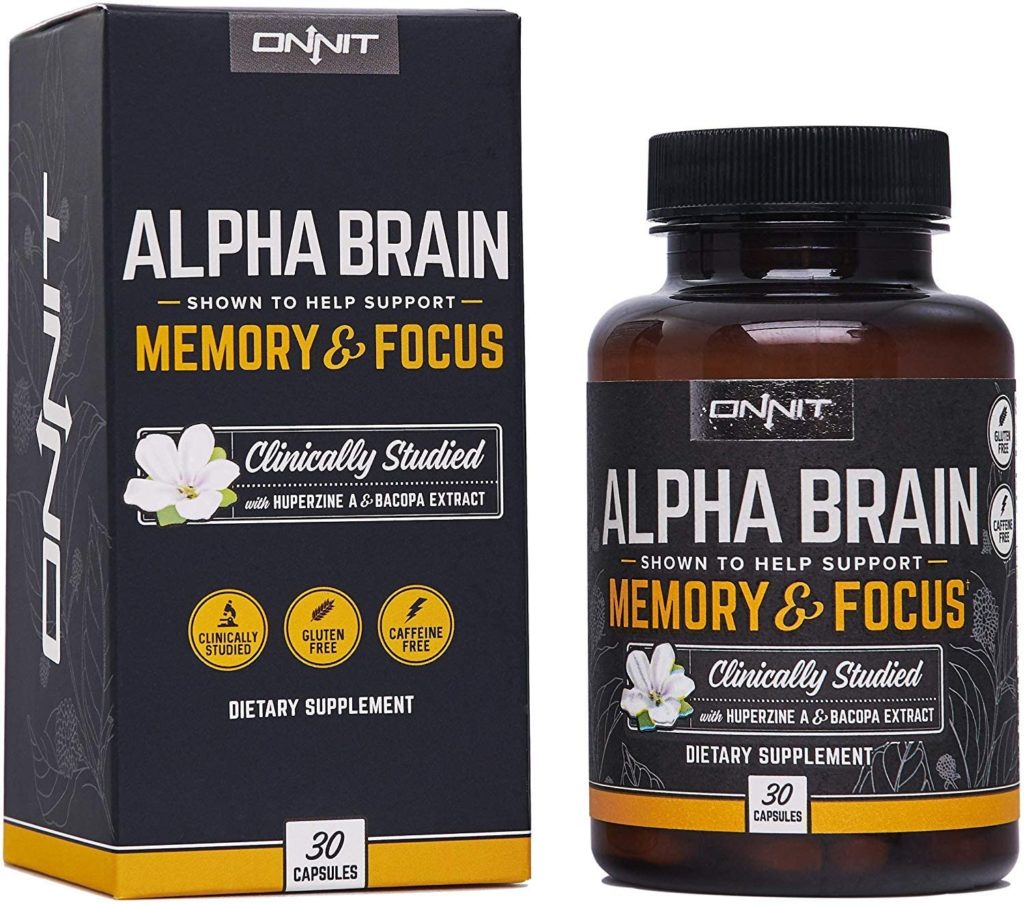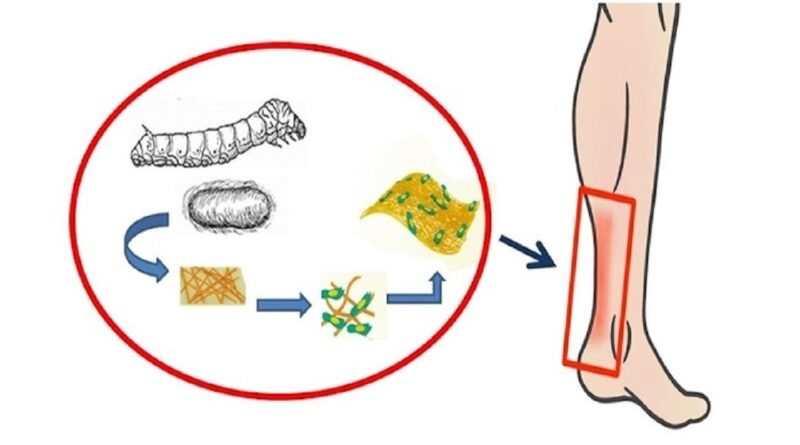Silkworms can Repair Human Tendons Stronger than Before
[Please note that this page contains affiliate links. If you choose to purchase after clicking a link, I may receive a commission at no extra cost to you.]
It is less painful to break a bone than to rupture the Achilles tendon. This is because injuries to a tendon— the solid and flexible cords of tissue that connect muscle to bone, which allows movement — can lead to arduous, long, and inadequate healing processes.
The soft tissues of tendons that connect to hard tissues of bones are tough to heal correctly, and the buildup of scar tissue can limit the healed tendon’s movement and the capacity it can hold.
Mesenchymal Stem Cells (MSCs) for a Tendon
An effective way to treat a tendon injury is by introducing mesenchymal stem cells (MSCs) to the area. The stem cells found in bone marrow play an essential role in restoring tissue.
The stem cells can be presented to the affected area using “scaffolds” that put the MSCs and growth factors at the injury site, where new tissue is created.
Scientists at Los Angeles’ Terasaki Institute for Biomedical Innovation (TIBI) looked at the silkworm to improve tendon regeneration and repair.
By adding the silk protein produced by the worm into a gel, the scientist was able to repair tendon tissue more effectively in mice with Achilles-injured.
Silkworms in Medicine
For decades, the little silkworm has been the basis of essential medical supplies, such as stitches.
For the study published in the journal Small, the TIBI research team used a particular silk protein called silk fibroin.
The silk protein’s durability, biodegradability, and strength make it “a perfect candidate for the use of scaffolds for tendons,” researchers say — although it still poses some issues.
On the other hand, Scaffolds are made from certain gels, which do a much better job of making cells stick and tissues alter, but they lack the strength to make tissues as strong as tendons. So, the scientists would combine the two.
Fibre Structure and Stretchiness and the Tendon
The research team combined a gel with the silk protein, making sheets with various ratios that they could then test for “stretchiness and fibre structure” until they came across the best one for the job.
The winning sheets were then infused with the stem cells, they grew better on the sheets with both the get and silk fibroin compared to just the silk protein by itself, and genetic exploration presented that the regenerative gene activity of the MSCs was “increased significantly” compared to the fibroin by itself.
The researchers figured out that by staining the sheets, the MSCs of the combined sheets had more than an 80% attachment rate, and they formed the long shapes that show the cells were stuck quickly. However, when looking at the silk protein or gel alone, these cells had a 60% attachment rate and rounded shape.
Silk Protein and Gel Mixture
They saw that the silk protein had also made the resulting gel mixture more absorbent, which increased tendon repair. The silk protein and gel mix showed greater tendon regeneration in mice models.
Next, the researchers will be testing this for efficacy and safety within humans — and they will be much closer to overcoming overwhelming (and sometimes career-killing) injuries to the tendon.


